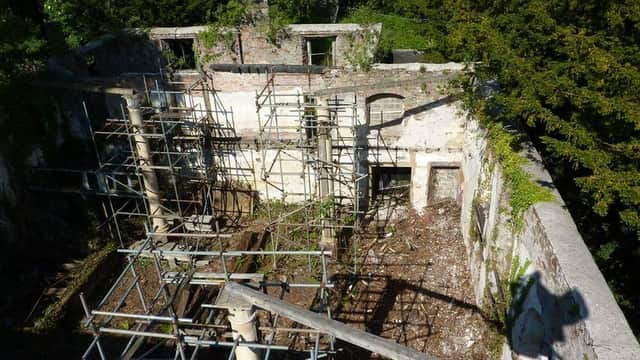Several sites - some well-known, some not so - across Bristol feature in this year’s Heritage at Risk Register published by Historic England. The Register is a summary of the critical health of some of England’s most historic landmarks.
Some are earmarked for repairs, but others face the threat of nearby developments, or simply being left to waste. Duncan Wilson, chief executive of Historic England said: “As the threat of climate change grows, the reuse and sensitive upgrading of historic buildings and places becomes ever more important.
“Finding new uses for buildings and sites rescued from the Register avoids the high carbon emissions associated with demolishing structures and building new.”
Here are eight of the Bristol buildings on the register
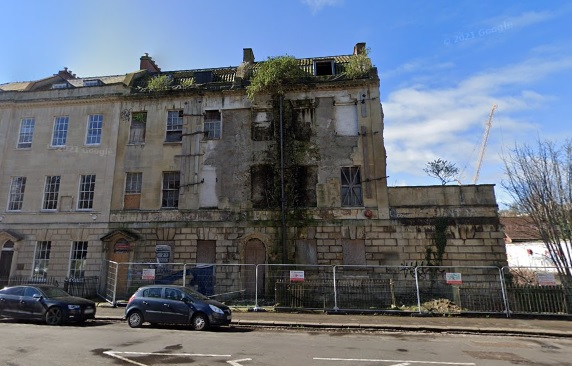
1. 31 and 32, Portland Square, St Pauls
Terraced houses, built from 1789 to 1820. Emergency repairs to the roof were carried out with Historic England grant aid in 1996. Further damage occurred in 2005 when part of the facade collapsed. The buildings have been vacant for over 20 years and conditions continue to deteriorate. A planning application for repairs and residential conversion was approved in November 2020.
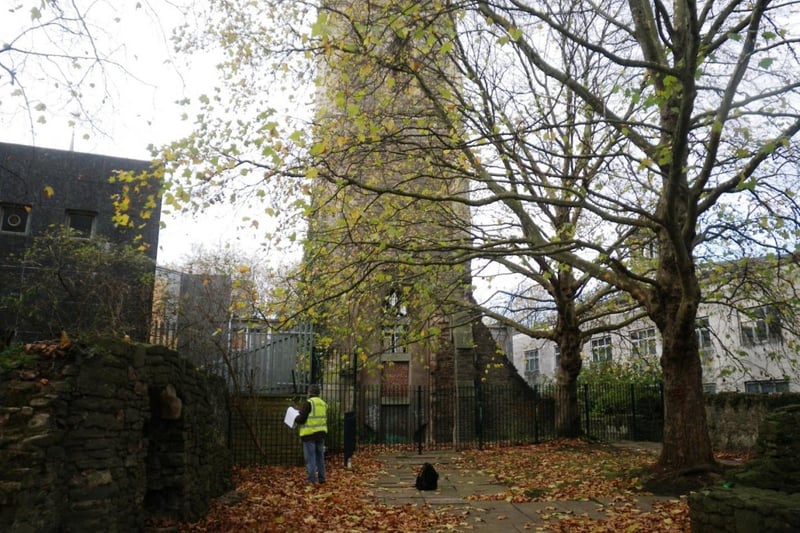
2. St Mary-le-Port Church, High Street
Historic England has registered its disappointment at plans to redevelop a large site around the ruins to the church. The body said the large scale of the proposed replacement buildings would not compliment the smaller historic buildings within Bristol’s Old City.
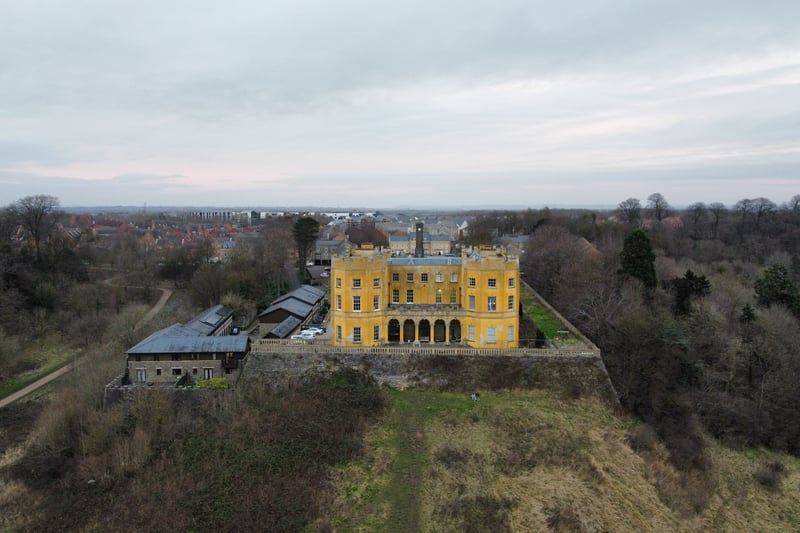
3. Stoke Park, Stoke Gifford
Mid-18th Century park laid out around Dower House. The park is in a dramatic location on a hill overlooking the city of Bristol and is embellished by monuments and eye-catchers. Now bisected by the M32 motorway. Setting compromised by dense residential development, says Historic England, which adds that the park under pressure from heavy and occasionally anti-social use, particularly affecting park structures.
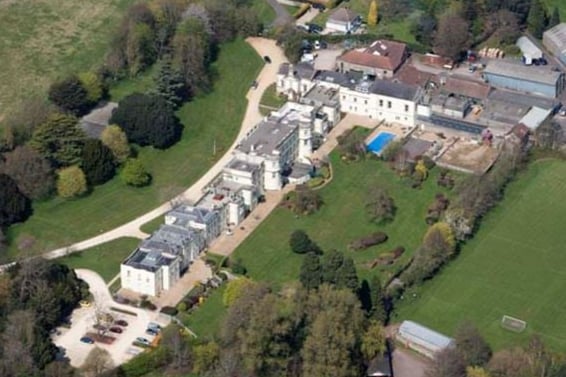
4. Brislington House
It was one of the first purpose-built asylums in England. Now subdivided between a sixth form college, private residential development, commercial sports facilities, industrial units and a management training centre. Despite this, some elements of the designed landscape survive
